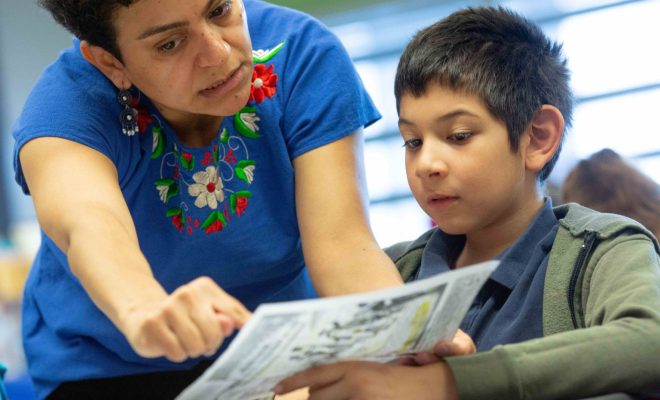10 Tips, Tricks, and Ideas for Teaching STEAM

Introduction:
Teaching STEAM (Science, Technology, Engineering, Arts, and Mathematics) can be a rewarding and engaging experience. By integrating these disciplines, educators can empower students to think critically, solve problems, and explore their creativity. In this article, we will explore 10 tips, tricks, and ideas for effective teaching of STEAM subjects.
1. Emphasize hands-on learning: Encourage students to actively participate in experiments, projects, and practical activities. Hands-on learning promotes a deeper understanding of concepts and facilitates problem-solving skills.
2. Foster collaborative learning: Group activities and projects help students develop teamwork, communication, and leadership skills. Encourage students to work together to solve problems and explore STEAM concepts collaboratively.
3. Integrate art into STEM: Adding an artistic component to STEM activities can spark creativity and encourage students to think outside the box. Incorporate art projects, design challenges, and visual representations to make STEM learning more engaging and inclusive.
4. Use real-world examples: Connect STEAM concepts to real-world applications to make learning more relevant and meaningful. Show how scientific principles, mathematical formulas, and engineering design are applied in everyday life.
5. Encourage inquiry-based learning: Foster curiosity and critical thinking skills by posing open-ended questions and encouraging students to ask their own questions. Provide opportunities for students to investigate and explore topics of interest within the STEAM disciplines.
6. Utilize technology: Leverage digital tools and resources to enhance STEAM learning. Introduce coding activities, virtual simulations, and online research tools to engage students and expose them to cutting-edge technologies.
7. Provide ongoing feedback: Offer constructive feedback to students regularly to guide their learning and development. Encourage self-reflection and goal-setting to help students track their progress and identify areas for improvement.
8. Connect with the community: Engage with local organizations, businesses, and experts in STEAM fields to provide students with real-world experiences. Arrange field trips, guest speakers, or mentorship programs to inspire and motivate students in their STEAM journey.
9. Celebrate student achievements: Recognize and celebrate student accomplishments in STEAM subjects. Showcase their projects and provide opportunities for them to present their work to peers, parents, or the wider community. This encourages motivation, confidence, and a sense of pride in their STEAM abilities.
10. Stay updated and continue learning: As a STEAM educator, it’s important to stay up-to-date with the latest advancements, research, and teaching practices in STEAM subjects. Attend professional development workshops, conferences, and explore online resources to enhance your own knowledge and skills.
Conclusion:
Teaching STEAM is an exciting and impactful endeavor that prepares students for the challenges of the future. By implementing these tips, tricks, and ideas into your teaching practice, you can inspire a love for STEAM, nurture critical thinking skills, and empower students to become the innovators and problem solvers of tomorrow.






